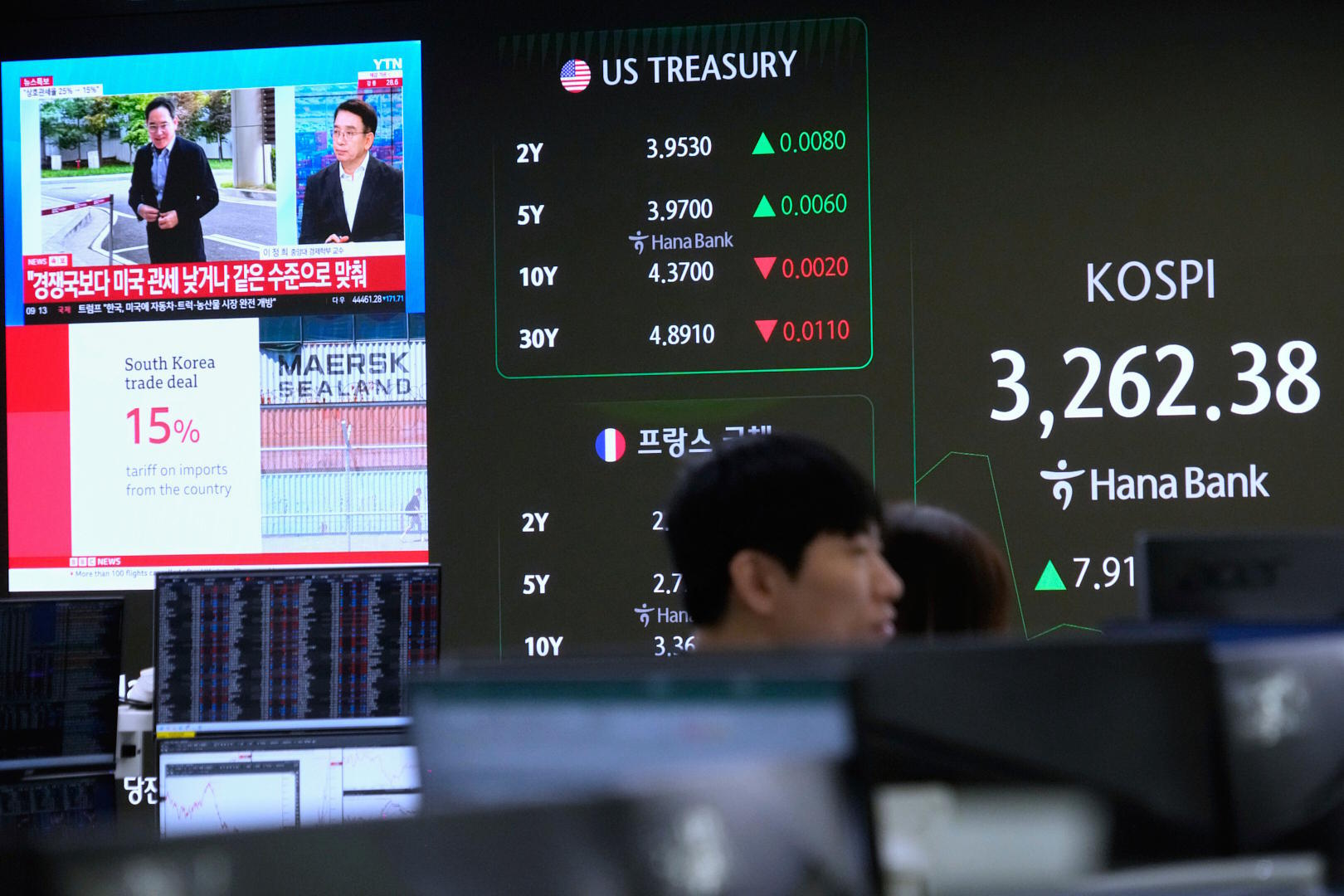The day has arrived. August 1 was the self-imposed deadline by the White House to close a global tariff agreement, although it has not happened, and the U.S. Administration has decided to temporarily impose a 30% tariff on those countries with which they have not yet reached an understanding. Additionally, they have postponed the implementation of agreed tariffs until August 7 to allow customs to prepare.
Among the most affected, some Asian countries face rates of 40%, such as Laos or Myanmar. But it has also impacted other regions where countries like Syria face 40%; Iraq or Serbia, 35%; and 30% for Algeria, Bosnia, Libya, or South Africa. In Europe, Switzerland stands out with a 39% duty that they are trying to renegotiate.
Among the tariffs that concern investors the most, due to their impact on the international economy, is Canada, which will face an increase from 25% to 35%. Brazil will reach 50% in border taxes in the U.S., mainly motivated by the prosecution faced by the country's former president Jair Bolsonaro, a close friend of Donald Trump. For now, and until the 7th, it will remain at 10%.
The European opening worsens the losses seen in Asia, where the main references in China have suffered cuts of no more than 0.5%. This was not the case for South Korea's benchmark index, the Kospi, which dropped by almost 4% in the session.
Thus, the Ibex 35 opens with an initial drop of 0.6%, above the 14,300 points marked by corporate earnings, while losses are more pronounced in the rest of the main European exchanges. The EuroStoxx 50 drops more than 1%, below 5,260 points; the German Dax loses 1.2%, and the Parisian Cac 40 and the Italian Mib also suffer similar declines at the opening on this Friday. In France, Engie stands out with a drop of over 8%, after presenting half-year results reflecting a 9.4% profit decline.
In this trade tension context, the dollar is on track to close its best week in three years against major world currencies. This comes after uncertainty and doubts about the American economy led to losses of over 10% against major currencies like the euro, yen, Swiss franc, or Nordic crowns.
